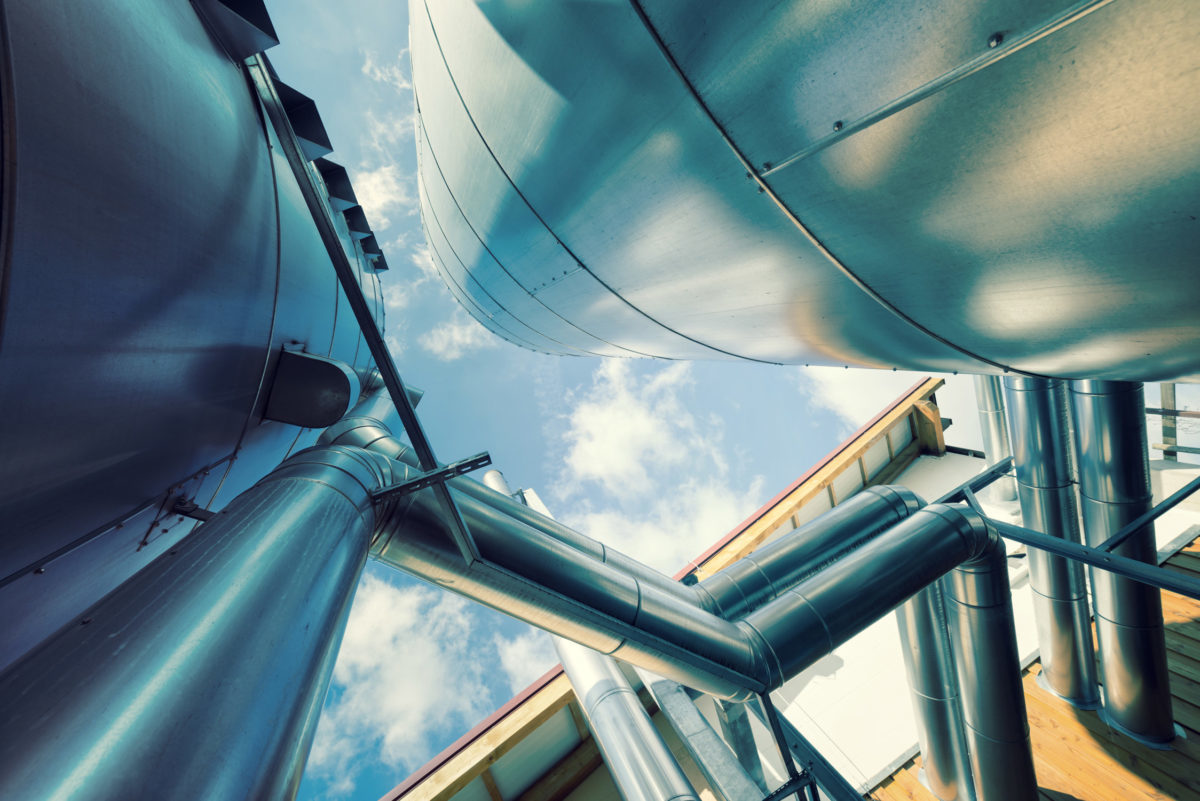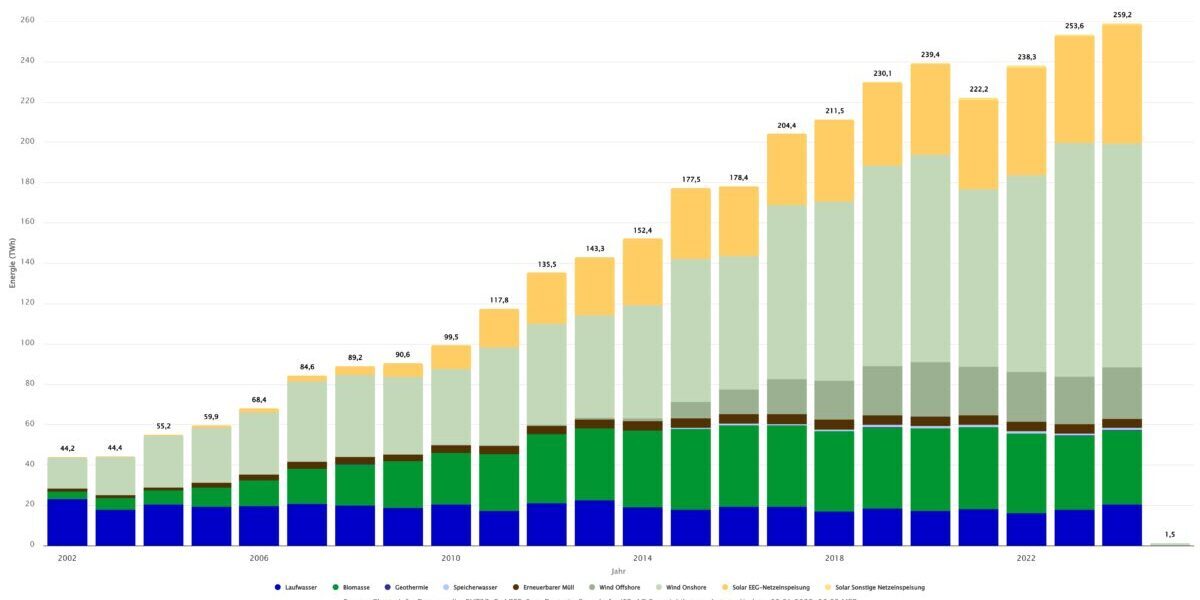Installing a solar-powered power-to-gas facility on an automotive company's premises might not only be an environmentally friendly exercise but a rather cheap one as well. A full return on investment can be expected in just under three years. That is the case despite the manufacturing site being in Ontario, Canada.
A team of researchers around Nicholas Preston from the University of Waterloo in Ontario, Canada, entered a competition organized by the U.S. Department of Energy, the Hydrogen Education Foundation's 2018 Hydrogen Student Design Contest. The results of the competition were announced in June 2018, though a detailed run-down of the project economics and design specifications was only just published in the article “How can the integration of renewable energy and power-to-gas benefit industrial facilities? From techno-economic, policy and environmental assessment“, which appeared in the International Journal of Hydrogen Energy.
An incognito automotive manufacturer has a facility in Ontario and stipulated that payback time on capital investment should be within three years. To achieve such short payback period, the team examined how various metrics could be scaled to meet the system's most lucrative operation. Aside from looking at the income generated from selling the hydrogen, the researchers also looked at other revenue streams for the site owners. Herein, Preston et al. suggested that carbon pricing and trading, as well as ancillary services to the grid, and self-consumption were critical economic factors. The approach had been to develop an energy hub with hydrogen production for cross-market uses such as energy storage, ancillary service and transportation fuels.
Central to the exercise was to develop a mixed-integer linear programming-based model to overlay the power-to-gas technology to minimize annual costs. The team performed capital cost studies to generate budgetary predictions for the automotive company and applied the financial results to predict the project's financial metrics and its feasibility.
“The design of this power-to-gas system included predicting the ideal number of fixed-sized components, such that the heat, electrical and hydrogen demands could be met with minimal capital, operation, and maintenance cost,” the research article reads.
The layout and use pattern of the design that enabled the just under three-year payback featured 1,500 solar PV modules. The team did not spell out the power rating of their assumed modules, but leading with the current industry standard, the site should be around 450 kW. Annual power production from the solar systems was deemed 473,960 kWh per year or the equivalent of $94,792. Hydrogen production would likely reach 76,073 kg per year. Assuming a 20-year service life, an 8% interest rate on the capital investment, and a retail hydrogen price of about $3.6/kg, the array would prompt a capital recovery factor of 9.8.
The total capital cost of the system would come in at $2,620,448. The electrolyzer and the solar generation equipment would comprise 41% and 17% of that bill. Once installed, the compressor necessary for hydrogen storage flashed the biggest number on the list of operational expenditures, which come in at a total of $237,653.
As the operating costs alone are more than twice as high as the value of the generated electricity, other revenue streams have been explored. For example, the team figured that it is possible to feed some hydrogen into the existing natural gas network on-site. For some applications, there is not yet a good alternative to gas combustion. By supplying some of the gas from green hydrogen, the car manufacturer can lower its natural gas demand by 26,895m³ and save around $5,000 per year.
Additionally, it was mooted that one hundred fuel cell-powered forklifts would consume just over 32 tonnes of hydrogen per year, leaving about 36 tonnes for 40 fuel-cell cars. Both forklifts and cars would normally run on fossil fuels, allowing the company to achieve some sizeable carbon offsets for trading and cleaning its carbon intensity in its manufacturing process, the team writes.
Moreover, the PEM electrolyzer can be operated in a demand response fashion, thus ramping up when the grid operator dumps renewables at low rates due to grid congestion. This leads to additional revenues of about $522,520 annually. The by-product of electrolysis is oxygen, which can be sold for industrial purposes. The researchers expect the annual production of 608,587 kg of oxygen, which could be sold at $64,321.
Looking at the Capex and Opex, the net present value, return on investment, and the payback period can be calculated. The price for hydrogen, carbon trading prices, and ancillary service revenue streams would be essential variables. The team developed 20 different scenarios in which these other revenue streams are tapped to various degrees. The exercise's result was that only two scenarios allowed a payback time of fewer than three years.
In the first scenario, there was no carbon trading, active demand response and a hydrogen price of $12 per kg. This resulted in a payback time of 2.9 years. The second scenario operated under the same conditions as the first case but also featured a carbon price of $18 per tonne.
This goes to show that the carbon price is still far too low to make actual impacts on industrial processes. The selling price of hydrogen and the demand response service incentive are seen to be the significant factors in improving the project's economic feasibility.
This content is protected by copyright and may not be reused. If you want to cooperate with us and would like to reuse some of our content, please contact: editors@pv-magazine.com.




0 comments
By submitting this form you agree to pv magazine using your data for the purposes of publishing your comment.
Your personal data will only be disclosed or otherwise transmitted to third parties for the purposes of spam filtering or if this is necessary for technical maintenance of the website. Any other transfer to third parties will not take place unless this is justified on the basis of applicable data protection regulations or if pv magazine is legally obliged to do so.
You may revoke this consent at any time with effect for the future, in which case your personal data will be deleted immediately. Otherwise, your data will be deleted if pv magazine has processed your request or the purpose of data storage is fulfilled.
Further information on data privacy can be found in our Data Protection Policy.